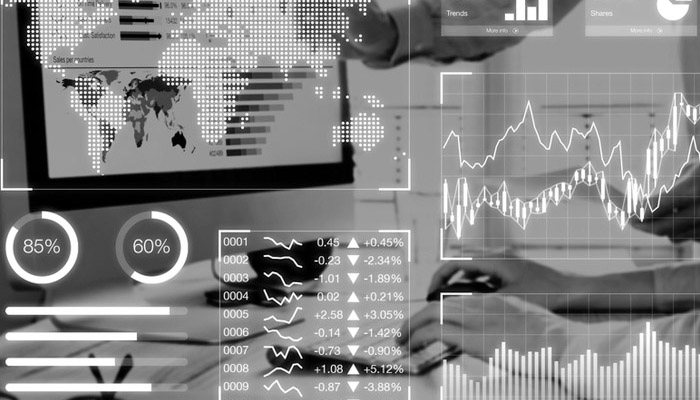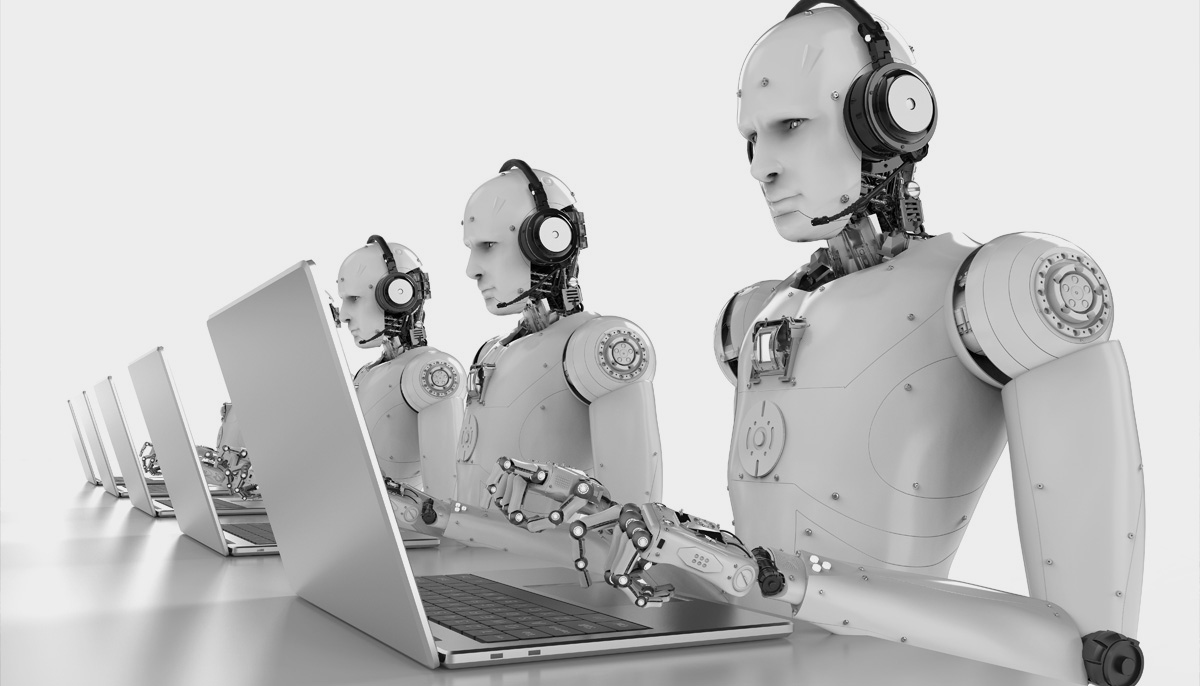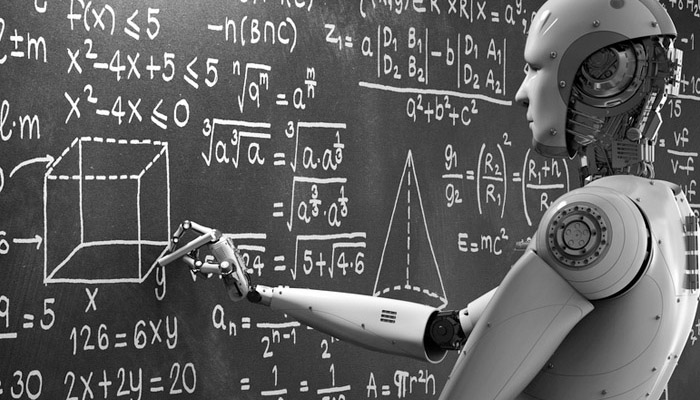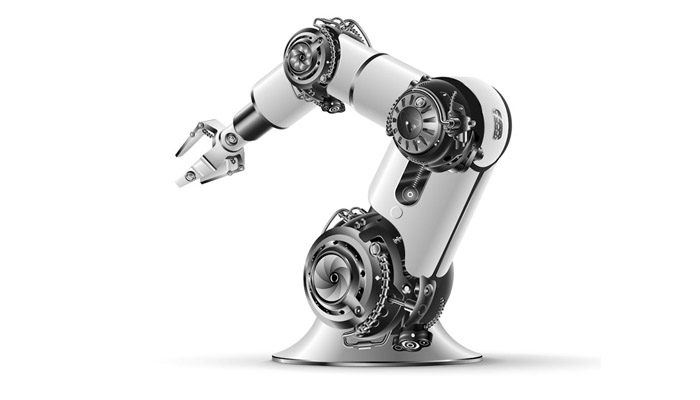
WE HELP YOU TO USE TRANSFORMATIONAL TOOLS TO DELIVER TANGIBLE BENEFITS.
We go beyond providing market leading Sourcing Advisory services by leveraging our special capabilities in Operational Transformational tools for the benefit of our Clients, helping them to leverage;
Data Analytics Leveraging
Big data, small data, its what you do with it that really counts…..
To remain competitive and grow, organisations must be able to answer today’s business questions… and model and predict what could happen tomorrow. We collect huge amounts of data but to make it valuable and usable we need to turn it into information, information that decisions can be made on. Analysis of data can uncover correlations and patterns. There’s less need to rely on guesswork or intuition. It can help answer the following types of questions: What happened? How or why did it happen? What’s happening now? What is likely to happen next? This is why Data Analytics (DA) has become an essential and indeed integral part of the business world.

So what exactly is Data Analytics?
DA is the process of examining data sets in order to draw conclusions about the information they contain with the aid of specialised systems and software. However DA applications involve more than just analysing data, and usually involve a multi departmental team effort. Much of the required work takes place upfront, in collecting, integrating and preparing data and then developing, testing and revising analytical models to ensure that they produce accurate results. The analytical life cycle is iterative and interactive.
What are the main types of DA?
There are three predominant types of analytics in use today; Descriptive Statistics (numerical data), Predictive Analytics (what will happen if..) and Prescriptive Analytics (what to do if..).
Which type is right for my organisation?
To answer this question, you need to understand what problem you are trying to solve or what answers you are seeking. What part of your organisation needs improving? What decisions need to be made? What is the precise goal?
Why use it?
To boost business performance by increasing revenues, improving operational efficiency, optimising marketing campaigns and customer service efforts, responding more quickly to emerging market trends and gaining a competitive edge over rivals. Snooze and you lose.
Who is using it?
Like RPA, a better question might be ‘Who’s not using it?’ – DA is being leveraged by a wide range of organisations, cross-industry.
How is it being used?
Examples of DA initiatives are endless; Banks and credit card companies analyse withdrawal and spending patterns to prevent fraud and identity theft. Other FS firms use analytics applications to automatically trigger business actions — for example, stock trades. Pharmaceutical companies mine patient data to evaluate the effectiveness of treatments and identify opportunities. Energy & Utility companies use CRM analytics to segment customers for marketing campaigns and equip call centre workers with up-to-date information about callers. They also use it to determine why they are losing customers in a particular region. Manufacturing organisations use it to determine how much to charge for a particular item, or where a new plant should be located. And if you couple analytics with RPA and cognitive processing, the then operational power becomes enormous.
Robotics Process Automation (RPA) Deployment
The increasingly competitive business world means that organisations continually need to find an edge. This means there is a constant drive to improve efficiency, reduce error rates, and accelerate processes.
This is where Robotic Process Automation (RPA) has come to the fore and is playing an ever expanding role in how organisations are delivering their services, including changing the scope of any Outsourcing and Shared Services. The technology has very rapidly become an essential tool in delivering Operational Transformation.

So what exactly is Robotics Process Automation?
At it’s simplest level it is software that acts as a ‘virtual workforce’ operating an organisation’s existing applications, systems and processes.
Why use it?
Robots, unlike people, don’t get tired, bored or distracted, making them particularly well-suited to highly transactional and repetitive tasks such as data entry, rekeying, reporting, formatting, archiving and working with several company applications at the same time. It mimics human administration work but without the errors.
Is it costly to implement?
No. Unlike Enterprise Resource Planning (ERP) systems, it doesn’t require expensive deep integration with legacy systems, so it is very affordable, scalable and readily deployable.
Who is using it?
A better question might be ‘Who’s not using it?’ – RPA is being adopted by a wide range of organisations, in cross-industry back office processes like Finance, HR, Procurement, and increasingly in industry-specific processes in Banking, Insurance, Retail, Pharmaceuticals, and Public Services.
How is it being used?
RPA is particularly good at handling high transaction volumes, processes with high volume fluctuation (peaks/troughs), and it can support service offerings improvement through being available 24×7. RPA has the potential to reduce resource processing costs by more than 80%, accelerate average handling time (AHT) by more than 90%, and reduce error rates to less than 0.1%. It can therefore free up talent to work on more complex judgement based higher value tasks.
Let us show you how you can harness the power of RPA to do processes quicker, better, and cheaper.
Cognitive Intelligence (CI) Exploitation
As Robotics has become firmly established in the operational environment, the potential of Cognitive Automation is only just starting to be recognised and to become a mainstream part of business operations. Cognitive Automation is a subset of Artificial Intelligence (AI). It is not one type of software, it is a series of technologies that are increasingly embedded across an organisations systems. It has the potential to revolutionise business operations not just in transactional based processing but in judgement based processing and analytical processing providing new insights into business problems. It has the potential to do things better and smarter.

So what exactly is Cognitive Automation?
Cognitive Automation is a series of technologies that imitate human processes for acquiring knowledge and understanding – such as seeing, questioning, spotting patterns and learning from doing. It is technology that learns, it is an operational ‘brain’.
Why use it?
Cognitive Automation technologies can work with unstructured data (such as voice, vision, email), and often include a capability to learn over time (i.e. to improve performance by spotting patterns in the work it does).
Who is using it?
Cognitive Automation has been deployed by some organisations, particularly in Financial Services, Pharma and Technology, but uptake is starting to rapidly accelerate.
How is it being used?
Companies are using Cognitive Automation to scan and triage high volumes of unstructured data, provide real time analysis of business operations, spot emerging patterns in risk, procurement and marketing data, improve sales conversion rates, provide lower cost customer engagement through realistic chat or voice bots, provide rapid response to customer complaints and freeing up staff to focus on higher value processes.
Let us show you how you can exploit Cognitive Automation to manage your operation more effectively and efficiently.
An Automation Revolution – IT Data Centre Administration Example
Data Centres in the early 2000s, were staffed by highly paid Systems Administrators with advanced technical skills who kept IT systems running. The work was hands-on, overseeing on-site servers that were manually racked, and locally managed. Businesses employed one Systems Administrator for every 10 servers. Ten years later the ratio had improved to one Systems Administrator for every 100 servers. Virtualisation and cloud computing transformed IT infrastructure and management was performed remotely. Now, IT systems are increasingly self-managing, self-diagnosing, and self-repairing. Cognitive Intelligence can track usage and take decisions such as when to add further capacity, provision new servers, identify problems, and maintain devices — all without human intervention. Today’s ratio of Systems Administrators to servers is moving towards 1 to 25,000 servers. The few remaining Systems Administrators now monitor the automated systems. Just as IT has been transformed by Automation and Cognitive Intelligence over the past 20 years, so are other business functions now embarking on a similar journey and will be similarly impacted – the Automation momentum is quickening.

